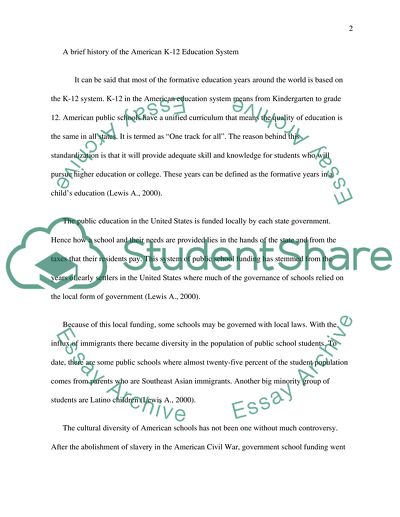Cite this document
(“Structural Inequality in the American K-12 System Essay”, n.d.)
Structural Inequality in the American K-12 System Essay. Retrieved from https://studentshare.org/education/1555146-structural-inequality-in-the-american-k-12-system
Structural Inequality in the American K-12 System Essay. Retrieved from https://studentshare.org/education/1555146-structural-inequality-in-the-american-k-12-system
(Structural Inequality in the American K-12 System Essay)
Structural Inequality in the American K-12 System Essay. https://studentshare.org/education/1555146-structural-inequality-in-the-american-k-12-system.
Structural Inequality in the American K-12 System Essay. https://studentshare.org/education/1555146-structural-inequality-in-the-american-k-12-system.
“Structural Inequality in the American K-12 System Essay”, n.d. https://studentshare.org/education/1555146-structural-inequality-in-the-american-k-12-system.


